Step into the fascinating world of birding after dark, where the haunting calls of owls and the silent flight of nightjars reveal a hidden side of nature. Ontario’s parks offer specialized programs that connect you with the nocturnal residents of Ontario parks, from the majestic Great Horned Owl to the elusive Whip-poor-will. These guided experiences combine expert naturalist knowledge with hands-on learning, providing both novice and experienced birders unique opportunities to discover nighttime wildlife. Whether you’re drawn to the thrill of spotting rare species or simply wish to deepen your connection with nature, these programs offer essential skills in nocturnal bird identification, conservation awareness, and responsible wildlife observation techniques. Join a growing community of night-time naturalists and discover why evening birding programs have become one of Ontario’s most captivating outdoor experiences.
Meet Ontario’s Nocturnal Birds
Owls of Ontario
Ontario’s forests are home to eight fascinating owl species, each with its unique characteristics and preferred habitats. The Great Horned Owl, our largest resident species, can often be spotted in mixed woodlands and urban areas, while the tiny Northern Saw-whet Owl prefers dense coniferous forests.
The mysterious Barred Owl, known for its distinctive “who-cooks-for-you” call, inhabits mature forests, particularly near wetlands. Eastern Screech Owls have adapted well to urban environments, making them a common sight in city parks and suburban areas.
During winter months, visitors might glimpse the majestic Snowy Owl in open fields and along the Great Lakes shoreline. The Northern Hawk Owl, though rare, occasionally appears in the northern regions of the province. Long-eared and Short-eared Owls can be found in grasslands and marshes, particularly during dawn and dusk.
The best times for owl-watching are during the early morning or late evening hours. Remember to maintain a respectful distance and avoid using flash photography or artificial lights, which can disturb these magnificent nocturnal hunters. Many of Ontario’s provincial parks offer guided owl prowls where experienced naturalists help visitors spot and identify these incredible birds.
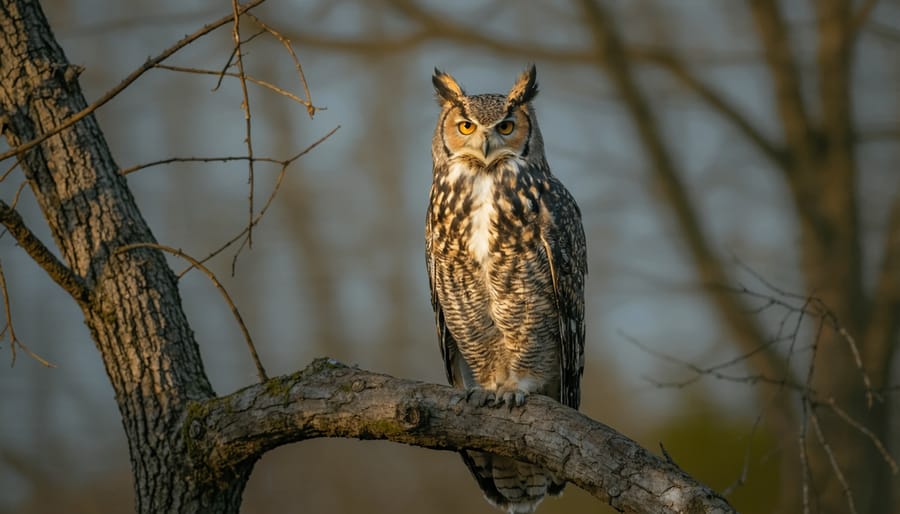
Nightjars and Other Night Flyers
As dusk settles over Ontario’s forests, a mysterious chorus of “whip-poor-will” calls fills the air. These enchanting nocturnal birds, along with Common Nighthawks, are part of the fascinating nightjar family that comes alive after sunset. Unlike their daytime counterparts, these skilled night flyers have specially adapted eyes and wide mouths perfect for catching moths and other insects on the wing.
The Common Nighthawk’s distinctive “peent” call and aerial acrobatics make them a joy to watch during summer evenings, especially in urban areas where they dive dramatically for insects attracted to streetlights. Eastern Whip-poor-wills, meanwhile, prefer the deep woods, where their camouflaged plumage helps them blend perfectly with tree bark and fallen leaves during daylight hours.
Many Ontario parks offer guided evening walks specifically focused on these remarkable birds. The best time to spot them is from late May through August, particularly on warm, clear nights with a bright moon. For the best viewing experience, bring a red-filtered flashlight to preserve your night vision and wear quiet, dark clothing to avoid startling these sensitive creatures.
Popular Nighttime Birding Programs
Guided Owl Prowls
Experience the magical world of nocturnal birds on our expertly guided Owl Prowls, one of the most enchanting starlit adventures in Ontario parks. These evening tours, led by seasoned naturalists, offer a unique opportunity to witness owls in their natural habitat while learning about their fascinating behaviors and adaptations.
As darkness falls, you’ll venture into the quiet woods where Great Horned, Barred, and Eastern Screech owls make their home. Our experienced guides use careful calling techniques to attract these magnificent birds while sharing insights about their hunting strategies, distinctive calls, and crucial role in our ecosystem.
Small groups ensure an intimate experience, with tours typically lasting about two hours. Dress warmly and wear quiet, comfortable footwear – we’ll be moving slowly and stopping frequently to listen for owl responses. Don’t forget to bring binoculars if you have them, though your guide will have a spotting scope for shared viewing.
Pro tip: Visit during late fall or winter when the bare trees make spotting owls easier. The crisp air carries sound better, and owls are generally more active during these seasons. Remember to respect wildlife by maintaining appropriate distances and using red flashlights to minimize disturbance.
These popular programs often fill up quickly, so we recommend booking at least two weeks in advance. It’s a perfect activity for families with older children, nature photographers, and anyone fascinated by these mysterious nocturnal hunters.
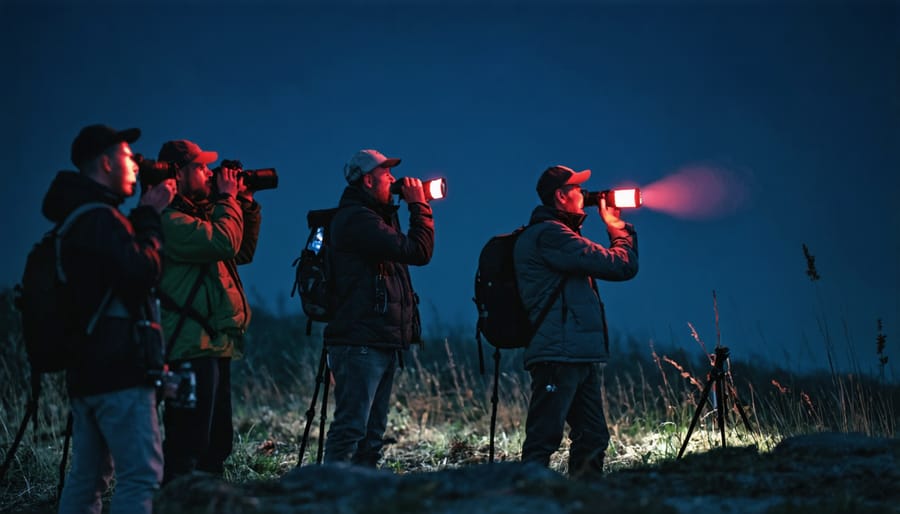
Evening Bird Song Workshops
As the sun begins to set, Ontario’s parks come alive with a symphony of bird calls, creating the perfect backdrop for our popular Evening Bird Song Workshops. These engaging sessions, typically running from May through August, offer nature enthusiasts a unique opportunity to learn the art of identifying birds by their distinctive songs and calls.
Led by experienced naturalists, these two-hour workshops begin with an indoor presentation where participants learn about common evening songbirds, their habits, and basic sound identification techniques. You’ll discover how to distinguish between the sweet melodies of the Hermit Thrush, the distinctive “who cooks for you” call of the Barred Owl, and the ethereal songs of the Wood Thrush.
The real magic happens during the outdoor portion of the workshop, where small groups venture onto trails just before dusk. Armed with audio guides and expert tips, you’ll practice identifying birds in real-time as they perform their evening chorus. Our naturalists share helpful memory tricks and pneumonic devices that make learning bird songs both fun and memorable.
Insider tip: Bring a small audio recorder to capture bird songs you’re unsure about – this helps with later identification practice at home. We recommend wearing earth-toned clothing and comfortable walking shoes. Most workshops accommodate 12-15 participants to ensure personal attention and minimal disruption to our feathered friends.
Advanced registration is required, and workshops fill up quickly during peak migration seasons. Some parks offer specialized sessions focusing on specific bird families or seasonal visitors.
Essential Tips for Night Birding
What to Bring
To make the most of your birding experience, pack essential gear that’ll keep you comfortable and enhance your wildlife viewing. Start with a reliable pair of binoculars – 8×42 or 10×42 magnification works well for most birding situations. A field guide or birding app on your phone will help with species identification, but remember to keep your phone on silent mode to avoid disturbing the birds.
Dress in layers of earth-toned, quiet clothing and comfortable waterproof hiking boots. Don’t forget a hat with a brim and weather-appropriate gear like rain jackets or warm layers, depending on the season. For evening programs, bring a red-light headlamp or flashlight to preserve your night vision (and the birds’). If you’re interested in night photography tips, pack your camera gear and a sturdy tripod.
Other essentials include:
– Water bottle and snacks
– Notebook and pencil for recording observations
– Bug spray (natural options available)
– Sunscreen
– Small first-aid kit
– Reusable hand warmers (for cold weather programs)
Consider bringing a lightweight, portable camping chair for extended viewing sessions – your back will thank you later!

Safety and Etiquette
When participating in nighttime birding activities, safety and respect for both wildlife and fellow birders should be your top priorities. Always bring a reliable flashlight with extra batteries, but use red light filters to minimize disturbance to nocturnal birds. Remember to dress appropriately in dark, non-reflective clothing and wear sturdy, quiet footwear.
Stay on designated trails and follow park guidelines strictly. Moving quietly in small groups is best – loud conversations can startle birds and disturb other wildlife watchers. If you spot an owl or other nocturnal bird, maintain a respectful distance and never use flash photography or artificial calls to attract them, as this can disrupt their natural behavior and hunting patterns.
Before heading out, familiarize yourself with the area’s layout and inform someone about your plans. Carry a basic first-aid kit, water, and your phone (on silent mode). Consider joining a guided program initially to learn proper techniques from experienced naturalists.
Be mindful of other participants by sharing viewing opportunities and speaking in whispers. When using binoculars or spotting scopes at night, take extra care not to shine lights directly at birds. Record your observations quietly, either through notes or nature apps with dimmed screens.
Remember that we’re guests in these creatures’ habitat – our goal is to observe and appreciate while leaving minimal impact on their nighttime routines.
Conservation Impact
Birding programs play a vital role in protecting our feathered friends and their habitats across Ontario. When you participate in these programs, you’re not just enjoying a fascinating hobby – you’re contributing to important conservation efforts. Many programs incorporate citizen science initiatives, where birders help collect valuable data about bird populations, migration patterns, and behavior changes.
This information becomes crucial for researchers and conservation organizations in making informed decisions about habitat protection and species management. For instance, annual bird counts organized through these programs have helped identify declining populations, leading to targeted conservation efforts for vulnerable species.
Programs often include educational components that raise awareness about threats to bird populations, such as habitat loss, climate change, and light pollution. By understanding these challenges, participants become more engaged in conservation efforts and often become advocates for bird-friendly practices in their communities.
Many birding programs also contribute directly to habitat preservation through participant fees and donations. These funds support the maintenance of bird sanctuaries, the creation of protected nesting areas, and the restoration of natural habitats. Some programs even offer hands-on opportunities for participants to help with habitat restoration projects or nest box building initiatives.
Additionally, these programs foster a deeper connection between people and nature, creating a community of passionate bird advocates who actively support conservation initiatives throughout Ontario. This growing network of informed and engaged citizens helps ensure a brighter future for our local bird populations.
Nighttime birding programs offer a unique window into Ontario’s fascinating nocturnal wildlife world. These magical experiences combine adventure, education, and conservation in ways that create lasting memories and deeper appreciation for our natural heritage. Whether you’re an experienced birder or just starting out, participating in these programs can enhance your understanding of owls, nightjars, and other mysterious night birds while contributing to important conservation efforts. The shared excitement of spotting an Eastern Screech-Owl or hearing the distinctive call of a Whip-poor-will under starlit skies creates connections not just with nature, but with fellow wildlife enthusiasts. So grab your flashlight, dress warmly, and join one of Ontario Parks’ evening birding programs – you’ll discover that some of nature’s most extraordinary moments happen after dark. Your participation helps protect these remarkable creatures for future generations to enjoy.


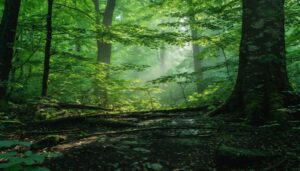
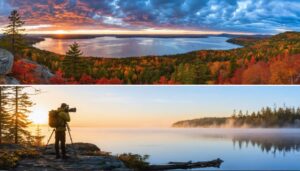



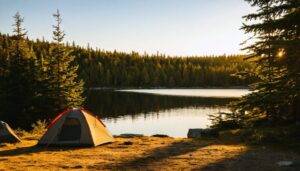

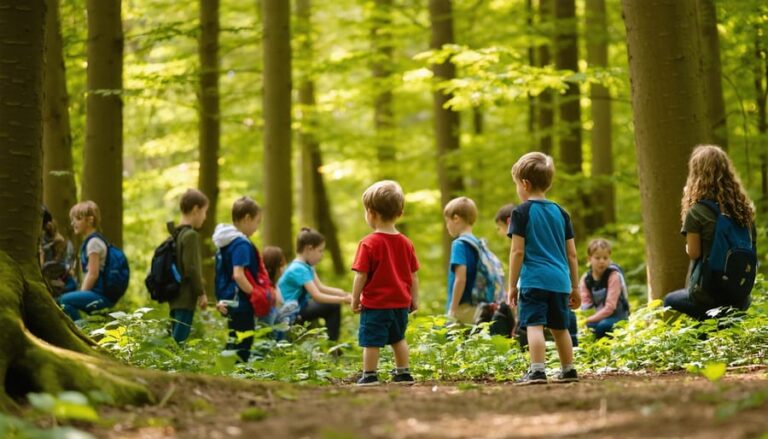
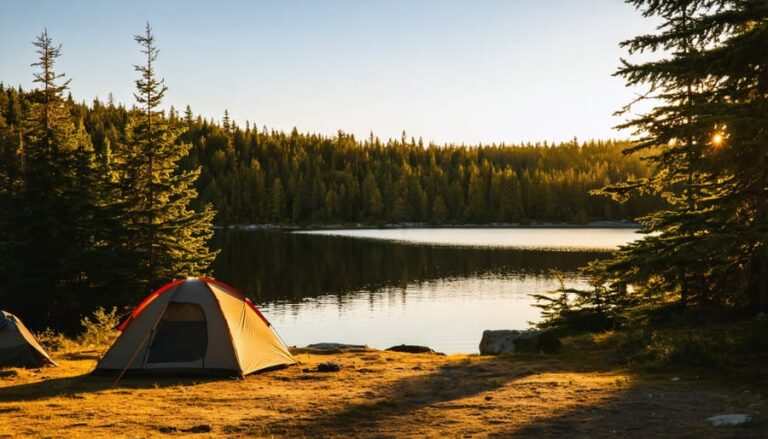


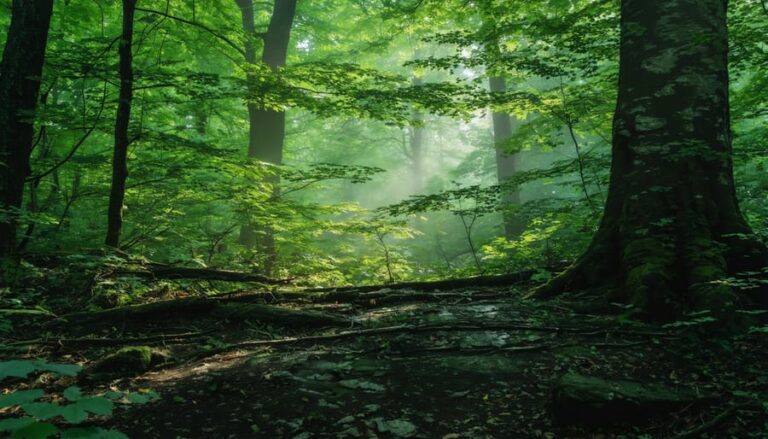
+ There are no comments
Add yours